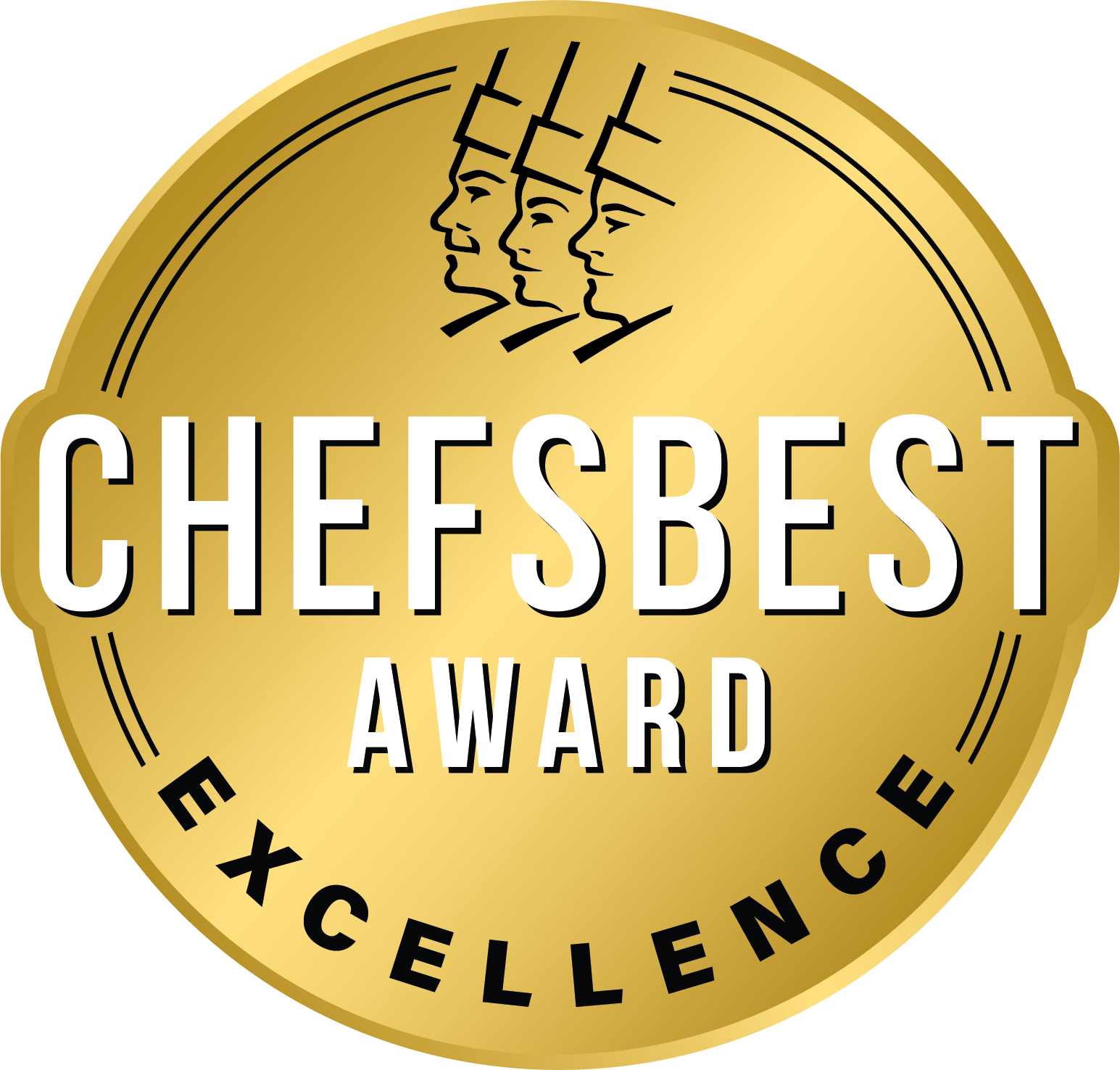3 Food Industry Trends to Watch

In a report on 2016 food trends, NPD Group’s food and beverage industry analyst Darren Seifer explained, “What we eat and drink each year might not change as quickly as the mobile phones we carry in our pockets, but it’s changing, and food and beverage marketers need to stay on top of these changes.” Research reveals a number of notable food industry trends, including greater demand for foods that are ethnically diverse, environmentally sustainable, and health conscious.
Ethnically Diverse Foods
Consumers are demanding greater variety of ethnically diverse foods. NPD Group projected that ethnic cuisines and spicy sauces will influence menus, snacks, and in-home meals this year. Turmeric, a key ingredient of curry powder, is appearing more often among retailers and smoky, burnt flavors, such as the Mexican liquor Mezcal derived from the agave plant, are also becoming more common.
Alan Owen, director of marketing for sweet flavors at Sensient Flavor, explains, “Millennials and Generation Z both love heat, but it will be more an overall flavor profile.” Sweet heat, derived from such combinations as fruit with jalapeno, chipotle, or habanero, is trending. And, interest in Peruvian chilies and Southeast Asian – particularly Malaysian and the Filipino – fare has risen.
Environmentally Sustainable Foods
A survey of about 1,600 professional chefs revealed that local sourcing of food and environmental sustainability ranked in top menu trends for 2016, according to the National Restaurant Association. NPD Group confirmed that food manufacturers and grocers are responding to changing consumer demands through offering more locally-sourced foods. Increasing awareness about animal welfare is also shaping the demand for sustainable food items. Plant-based proteins are now in higher demand in part because they are considered more sustainable than animal protein.
Some restaurants have already begun to embrace the trend. Chipotle, for instance, publicizes on its website that it partners with farmers who prioritize the long-term health of their soil. Additionally, Wendy’s announced that it has taken major steps to cut back on energy consumption both at its fast-food restaurants and its headquarters.
Health Conscious Foods
The industry has also seen a rise in demand for health-conscious items, including more natural and less processed foods. For example, McDonald’s has committed to eliminating its use of human antibiotics in chicken production by March 2017, and PepsiCo switched its diet cola sweetener last year due to consumer concerns about aspartame. “Consumers are more connected to what they put into their bodies, so transparency throughout the entire process is key” explains Roger Lane, marketing manager for savory flavors at Sensient Flavors.
“Clean” labels, those with very simple ingredients lists, continue to be in high demand, and NPD Group explains that consumers are looking for fresh, natural, preservative-free products. More foods are now free of GMOs, preservatives, high-fructose corn syrup, and growth hormones, and according to 2016 consumer predictions by NPD Group, consumers will purchase GMO-free foods more often. Innova Market Insights reported that the number of new global products with an organic claim rose by 3.2 percent between 2013 and 2015.
In order to engage consumers and understand where product evolution may be helpful, it is important to consider emerging food industry trends. Equipped with this understanding, food manufacturers, foodservice, and retailers alike can make more guided developments to the marketing and composition of their products.
Sources:
“11 Hottest Food & Beverage Dining Trends in Restaurants and Hotels, 2016.” Baum & Whiteman LLC. http://www.baumwhiteman.com/2016Trends.pdf
Allsup, Todd. “5 Food Processing Industry Trends for 2015.” 9 Jan. 2015. Food Manufacturing. http://www.foodmanufacturing.com/article/2015/01/5-food-processing-industry-trends-2015
“Environmental Sustainability.” The Wendy’s Company. https://www.wendys.com/en-us/about-wendys/environmental-sustainability
Hartman, Lauren. “Food and Beverage Industry Outlook: Five Important Issues for 2016.” 4 Jan. 2016. Food Processing. http://www.foodprocessing.com/articles/2016/industry-outlook/?show=all
Hartman, Lauren. “Ingredient Trends 2016: Fierce Flavors, Imaginative Ingredients.” 5 Jan. 2016. Food Processing. http://www.foodprocessing.com/articles/2016/ingredient-trends/
Innova Market Insights. “Top Food & Beverages Trends for 2016.” 17 Nov. 2015. Food Manufacturing. http://www.foodmanufacturing.com/news/2015/11/top-food-beverages-trends-2016
Newsroom. “Statement on Antibiotic Use.” McDonald’s. http://news.mcdonalds.com/US/Media-Statements/Response-to-Antibiotics-in-Chicken
NPD Group. “‘Real,’ Clean, and Fresh Are the Attributes Consumers Will Look for in the Foods They Eat in 2016, Reports NPD Group.” 17 Dec. 2015. NPD. https://www.npd.com/wps/portal/npd/us/news/press-releases/2015/real-clean-and-fresh-are-the-attributes-consumers-will-look-for-in-the-foods-they-eat-in-2016/
“Responsibility Raising the Bar.” Chipotle. http://www.chipotle.com/food-with-integrity
“Top 2016 Food Trends Fuel Evolution of Menus.” 5 Nov. 2015. National Restaurant Association. http://www.restaurant.org/News-Research/News/Top-2016-food-trends-fuel-evolution-of-menus
